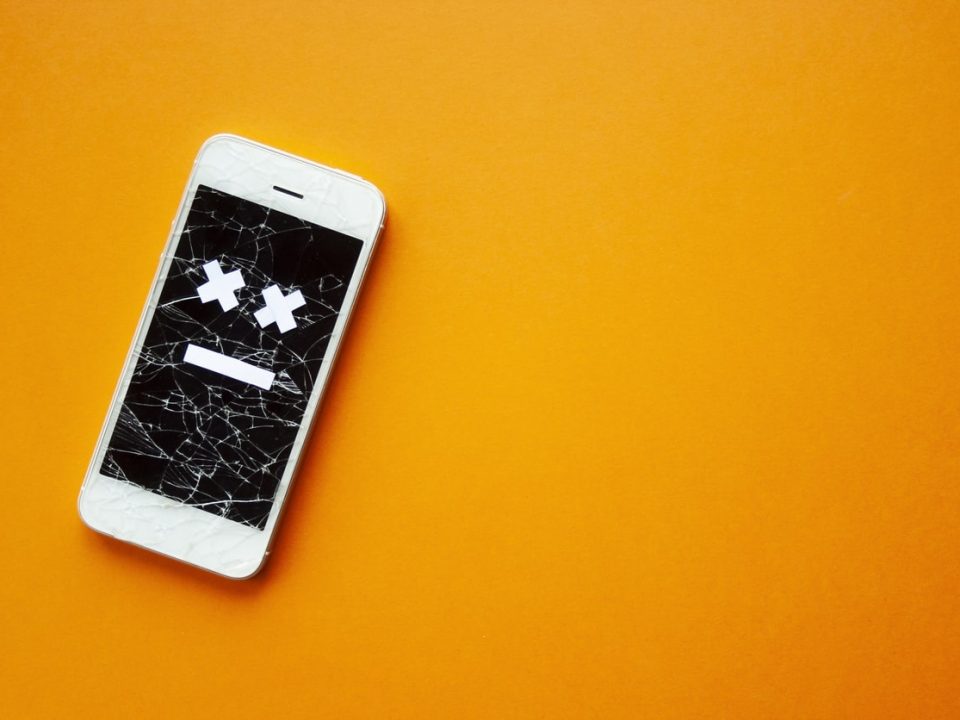One of the top trending topics with healthcare professionals today is how blue light is affecting your health. But what is blue light, and why is it an issue?
For most of human existence, the sun has ruled the day and dictated the night. People could only be most active during the day, reduced to candlelight at night. It was, therefore, natural to wake and sleep with the sun. But that all began to change just a couple of centuries ago.
Enter electricity. Harnessing electricity changed the way people live in countless ways. But one of the most foundational changes is that people no longer need to be subjected to the solar schedule if they choose not to. The simple ability to turn on a light switch and function just as easily at night as in the day allows people to be awake and alert way later than the natural order determines.
While convenient and allowing for ever-increasing economic and social opportunities, it also disrupts some intrinsic biological cycles. And compounding that with the increasing dependence just in the past decade alone of personal electronic devices, it all adds up to humans being exposed to way more light, specifically blue light, than perhaps nature intended. So with all that extra exposure, you might be wondering how blue light is affecting your health.
We have answers.
Here are some explanations for how blue light is affecting your health.
- What is blue light?
- Increases risk of macular degeneration.
- Contributes to digital eye strain.
- Effects of blue light and sleep.
- Protecting yourself from blue light exposure at night.
1. What is blue light?
The first step in understanding how blue light is affecting your health is to understand what blue light is.
Sunlight contains both visible and invisible light rays. The visible light emitted by the sun is comprised of a range of various-colored light rays, each containing different amounts of energy. A spectrum of many shades of red, orange, yellow, green, and blue light rays combine to create what we call “white light” or “sunlight”.
There is an inverse relationship between the wavelength of light rays and the energy they contain. Longer wavelengths, like those found in light rays on the red end of the spectrum, contain less energy. Shorter wavelengths, like those found in light rays on the blue end of the spectrum, contain more energy.
Approximately one-third of all visible light is considered to be high-energy visible (HEV) or “blue light”. With the main source of blue light being sunlight, our greatest exposure to it comes from being outdoors in the daylight. But with the advent of electricity, there are also many man-made indoor sources of blue light. These include both fluorescent and LED lighting and flat-screen televisions.
But even more notably, a significant amount of blue light is emitted by the display screens of computers, tablets, e-readers, smartphones, and other digital devices. The amount of HEV blue light emitted by these devices is only a fraction of that emitted by the sun. But it is the amount of time people spend using these devices, proximity of the devices to the face and eyes, and the time of day they are used that is significant. These factors have health care professionals concerned about the possible long-term effects of blue light from these devices on eye health and other health matters.
2. Increases risk of macular degeneration.
The cornea and lens in the front of the eye are very effective at blocking the invisible UV rays from reaching the light-sensitive retina at the back of the eye. However, virtually all HEV blue light passes through the cornea and lens and reaches the retina.
This is significant to how blue light is affecting your health because studies show that too much exposure to blue light can damage light-sensitive cells in the retina. This results in changes resembling those of macular degeneration, possibly leading to permanent vision loss.
Until there is further research on the matter, it’s still uncertain how much blue light (whether natural or man-made) is too much blue light for the retina. But eye care professionals remain concerned that added blue light exposure from digital devices might increase a person’s risk for later macular degeneration.
3. Contributes to digital eye strain.
The higher energy of blue light rays makes them scatter more easily than other visible light rays when they hit air and water molecules in the atmosphere, which is what makes the sky look blue. However, this higher degree of scattering also makes it less easily focused, which is another factor in how blue light is affecting your health.
When you look at the screen of digital devices that emit significant amounts of blue light, this unfocused “visual noise” over an extended time period can contribute to digital eye strain.
4. Effects of blue light and sleep.
This is not all to say that how blue light is affecting your health is all bad. Quite the contrary.
Blue light is beneficial during the day because it boosts alertness, attention, reaction times, and mood. Exposure to blue light in daylight hours also helps to regulate and maintain a healthy circadian rhythm.
But it is the extra exposure of too much blue light at night that is the problem. Your body actually requires a certain amount of darkness. Blue light from indoor lighting and the screens of digital devices disrupts the healthy cycle of the circadian rhythm needed for quality rest. This contributes to insomnia and daytime fatigue.
This is because any kind of light suppresses the release of melatonin, which is needed to regulate circadian rhythms. But blue light suppresses melatonin more powerfully than any other light.
This disruption is why some studies suggest a link between extensive nighttime exposure to blue light (by working a night shift, for instance) to conditions such as diabetes, heart disease, and obesity.
5. Protecting yourself from blue light exposure at night.
So now that you know how blue light is affecting your health, how do you protect yourself from the negative effects?
When possible, avoid looking at bright screens a couple of hours before bed. Use candlelight at night, or dim red lights for nightlights. Red light is far less likely to disrupt circadian rhythms and suppress melatonin.
If you work a night shift or need to use electronic devices at night, consider using blue light blocking glasses. There are also physical filters or apps you can install on your devices that filter out the blue/green wavelengths of light emitted from their screens at night.
And just as important to your circadian rhythm as blocking this light at night is exposing yourself to plenty of sunlight during the day. This will boost your mood and alertness during the day and allow you to sleep better at night.
Hopefully, after “shedding light” about how blue light is affecting your health, you will be able to make some changes in your daily life today to positively impact your overall wellness.
Like this content and want more? Get more info about your personal electronic devices on our blog. We can also help repair a broken screen which can emit harmful light rays and cause eye strain as well! Contact us today – we’d love to help.





